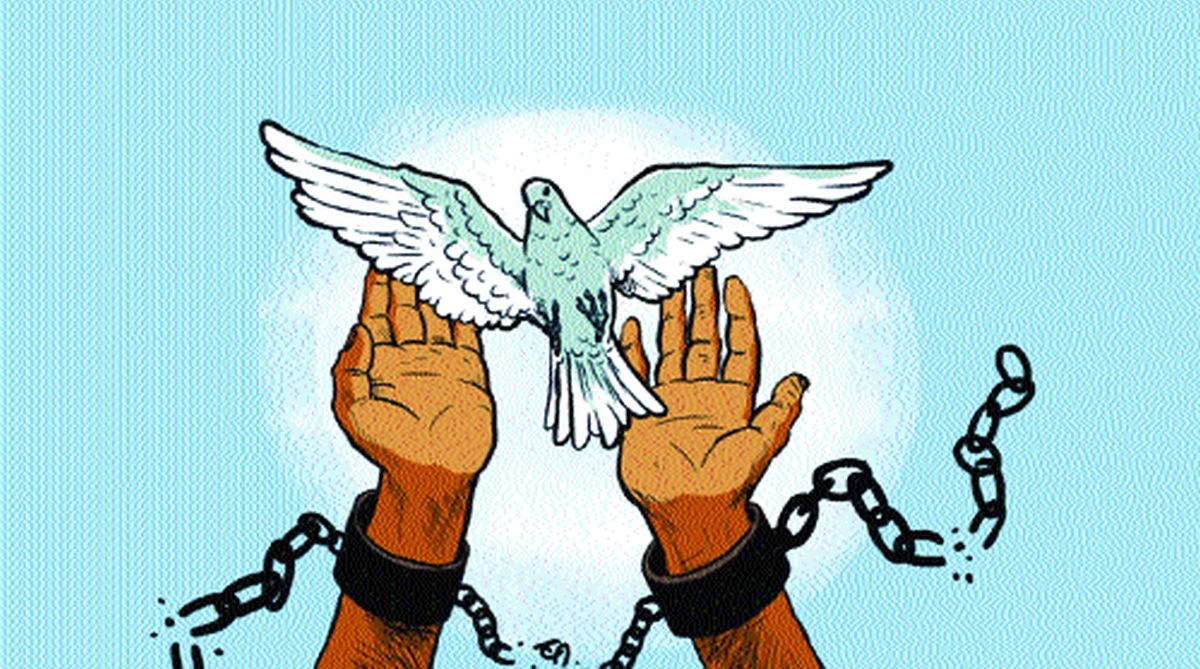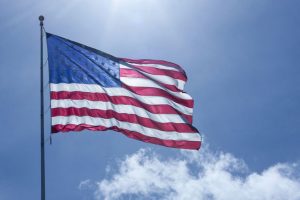Since 1998 UNESCO has been observing 23 August as the International Day for the remembrance of slave trade and its abolition. Today the Day turns twenty one.
The decision to observe the day was taken by UNESCO at its 29th session held in Paris in November 1997 “to honour the memory of millions of men, women and children who were the victims of slavery, the slave trade and the resultant genocide which constituted one of the greatest barbarities in the history of humanity”.
Advertisement
The Conference also advised the UN Secretary General to communicate the decision to the General Assembly with a view to participation by member states. It is an important event in the UN calendar.
The date has great significance. During the night of August 22 and August 23, 1791, a slave rebellion took place in the Caribbean island of Saint Domingue (now known as Haiti). It was the time of French Revolution. The slaves were Africans brought by French colonial rulers to work in sugarcane plantations.
The rebellion that weakened the colonial administration had eventually led to abolition of the transatlantic slave trade. It was led by a former slave and the first black general of the French Army, Toussaint Louverture, whose military genius, courage and political sagacity transformed an entire society of black slaves into an independent state in 1804 after 12 years of heroic struggle.
Haiti was the first independent state of Latin America and the Caribbean and the only nation in the world established out of the ruins of a slave society. It was a giant step in the history of mankind.
Haiti remains a living symbol of both the sufferings and the heroic struggles of the black slaves uprooted from their soil but never resigned to their fate. Haiti celebrated its bicentennial on 1 January 2004 in the midst of a severe political deadlock threatening the security of the country.
Encyclopedia Britannica defines slavery as a condition in which one human being is owned by another. A slave was considered in law as property or chattel and was deprived of the rights ordinarily held by free persons. The League of Nations in 1926 defined slavery as “the status or condition of a person over whom any or all of the powers attaching to the right of ownership are exercised”.
Slavery had existed on almost every continent and throughout most of recorded history. In almost every culture, slavery had played a part in the building of society. The pyramids in Egypt were built on the backs of slaves. In Roman society all ships were rowed by slaves.
Europeans began importing slaves from Africa to the New World beginning in the 16th century. An estimated 12 million people were taken from Africa for transatlantic slave trade to work mostly on plantations. Slavery then was regarded as a natural part of the social order.
The slave trade which was an endless bloodletting drained the African continent of a large part of its vital resources, for it was generally of their youngest and strongest members that their peoples were deprived. That left huge stretches of land uncultivated in Africa, seriously interfering with social and economic life.
All the major European powers at one time or another entered the Atlantic slave trade and most of them possessed slave colonies. But it was the British who came to dominate the Atlantic slave system. Slavery on English soil was not supported in law and that position was confirmed in Somerset’s case in 1772.
James Somerset was a slave who was forcibly taken from England to the colonies. In a famous judgement in the Court of King’s Bench in 1772 presided over by Lord Mansfield it was held that chattel slavery was unsupported by common law in England and Wales although the position elsewhere in the British Empire was left ambiguous. Thus slavery remained a part of the fabric of English society for centuries outside England. It remained indispensible in Britain’s colonies.
The Caribbean and mainland North America produced vast quantities of tropical goods, sugar, tobacco, rice and indigo, for the home market. Britain grew rich on the profits of enslaved African labour. But the scenario changed rapidly. From the late 18th century, slavery came under sustained juridical and political attack as an institution.
The Somerset judgment was the beginning. Philosophers and law makers saw the enslavement of people as contrary to nature as all people were born equal. They realized that slave trade was inhuman, cruel, immoral and coercive.
Slaves were carried as cargo of the ship and were thrown overboard alive when they fell ill. Within three decades of the American Revolution, both Britain and the United States had to abolish the transatlantic slave trade.
The abolition of slave trade in the early 19th century came about largely due to Europe’s complete turnaround in normative understanding of humanity. Humanity became universal and immutable. Humanity was accepted as inherent in every human being.
The same European states that accepted and legalized slave trade proclaimed them “repugnant to the principles of humanity and universal morality”. Human beings previously viewed as beyond the edge of humanity, as in fact property, came to be viewed as human.
The movement that brought about the change in the concept of humanity was called “Abolitionism”. The leaders of the movement were rationalist thinkers of the Enlightenment that criticized slave trade for violating the rights of man.
Quakers belonging to the Religious Society of Friends and other evangelical religious groups condemned it as un-Christian and hence sinful. These movements had the enduring effect in the campaign against slavery and slave trade.
In February 1788 a committee of the Privy Council was appointed to look into the state of the slave trade. In May that year, William Wilberforce introduced a motion in the House of Commons calling for an early abolition of slave trade.
The Commons’ hearing and debates dragged on for years. Public support for abolition was so strong that in 1791 there was a nationwide boycott of West Indian sugar and rum that used to be consumed by some 300,000 families in England.
Defeat in the American War and the loss of colonies in North America forced on Britain a painful re-evaluation of its standing as a once victorious Protestant nation. Slavery and slave trade came under scrutiny leading many thinkers to contemplate alternative vision of an empire without slave trade. There was an imperial crisis on British political thought.
In 1792, more than 500 petitions were presented to the House of Commons, the largest number ever submitted to the House on a single subject. By 1807 it looked as though it would be possible to build an international coalition with other European countries against transatlantic slave trade which was eluding since 1790s. It is also on record that a modest increase in slave births over deaths in the British Caribbean, notably in Barbados, held out the prospect that the British sugar colonies might be able to supply themselves.
Finally slave trading was made illegal in Britain and its colonies through the Abolition of the Slave Trade Act in 1807. The Act also made it illegal to carry enslaved people on British ships. William Wilberforce (1759-1833) was the leader of the British campaign to abolish slave trade. He along with other dedicated Parliamentarians saw their personal battle against slavery as a divinely ordained crusade.
The Act of Union in 1801 allowed 100 Irish MPs into Parliament, most of whom supported the abolition. A year later, the United States also officially abandoned the slave trade without altering its internal trade in slaves. The Eight Power Declaration concerning the universal abolition of the trade in African slaves was signed on 8 February 1815 by Britain, France, Spain, Sweden, Austria, Prussia, Russia and Portugal.
Although the Act made it illegal to engage in the slave trade throughout the British colonies, trafficking between the Caribbean islands continued regardless until 1812. The Royal Navy which controlled the world’s seas established the West Africa squadron, a preventive squadron, to suppress the Atlantic slave trade by patrolling the coast of West Africa.
This suppressed the slave trade but did not stop it entirely. When slave ships were in danger of being captured by the Royal Navy, some captains ordered the slaves to be thrown into the sea to reduce the fines they had to pay. Between 1808 and 1860, the West African squadron captured 1600 slave ships and freed 150,000 Africans.
The abolitionists had assumed that ending of slave trade would eventually lead to freeing of all enslaved people because that was their ultimate aim. That did not happen. In May 1823, a motion was introduced in the House of Commons for eventual abolition of slavery throughout the British colonies.
West Indies planters were against it. It took another 10 years before British Parliament passed the Slavery Abolition Act in 1833. In 1863, Abraham Lincoln issued the Emancipation Proclamation which freed slaves in the Confederate states. The awful injustice came to an end. That however is a different story.
The writer is a former central civil service officer who retired from the
Ministry of Defence.
















